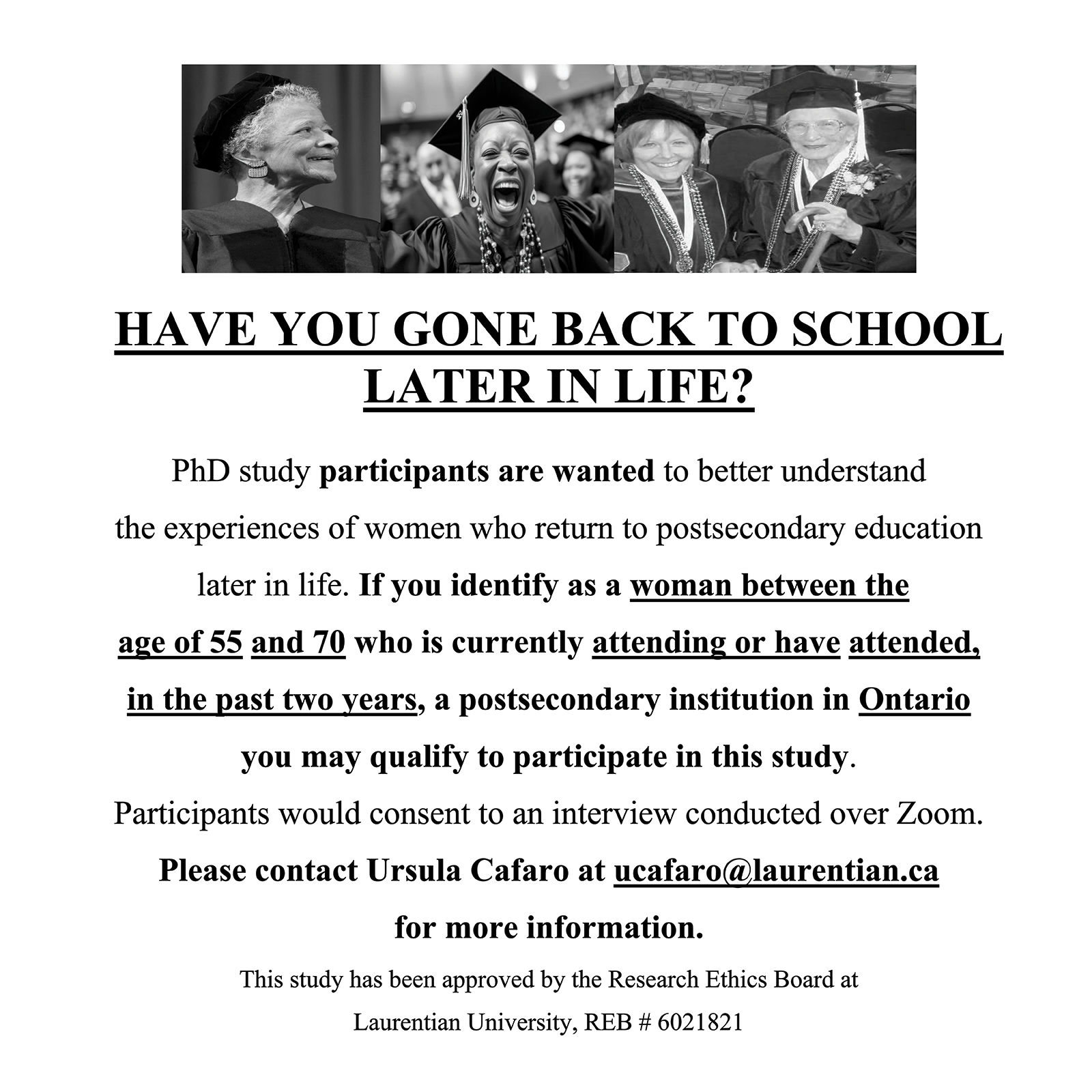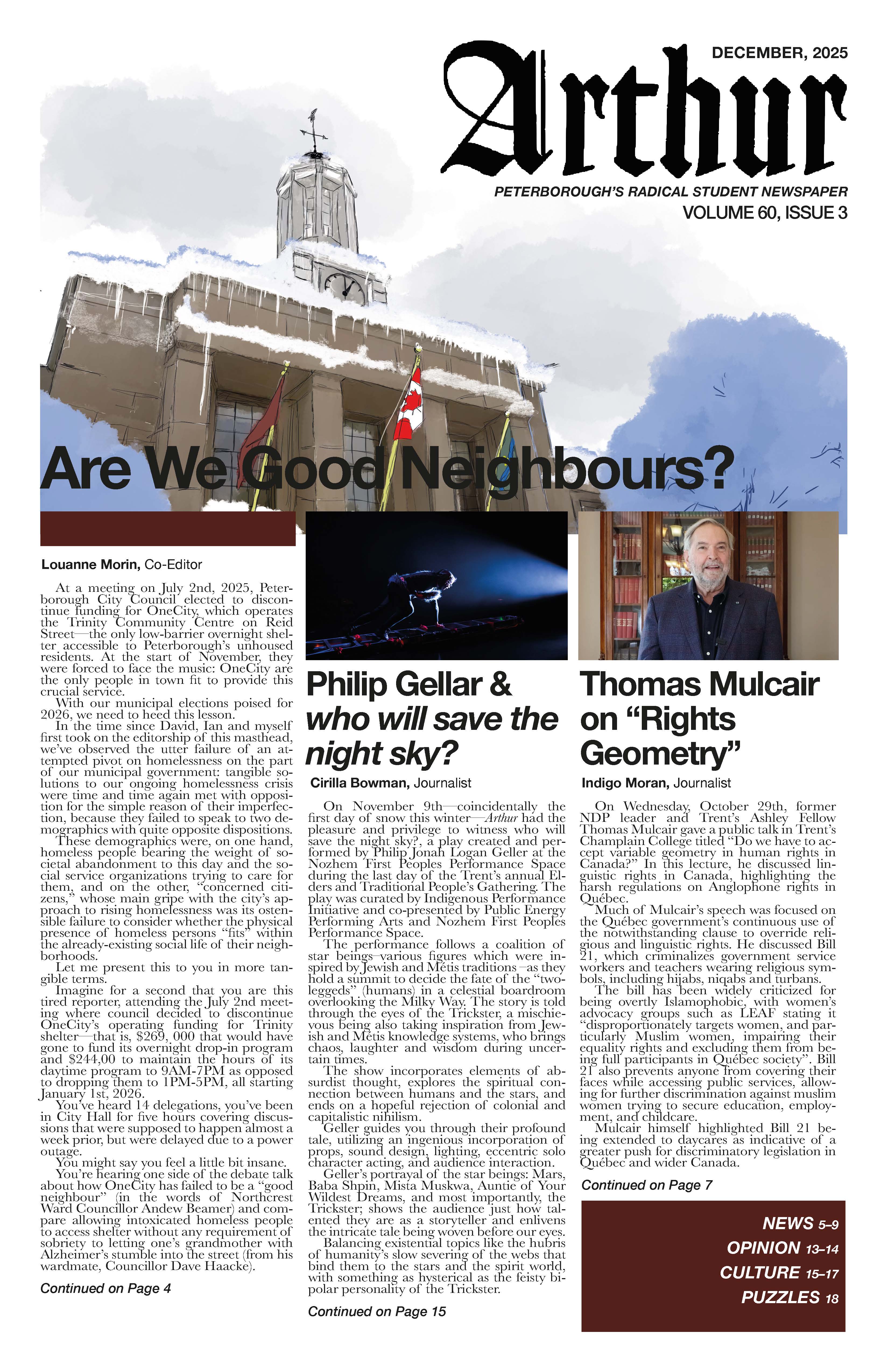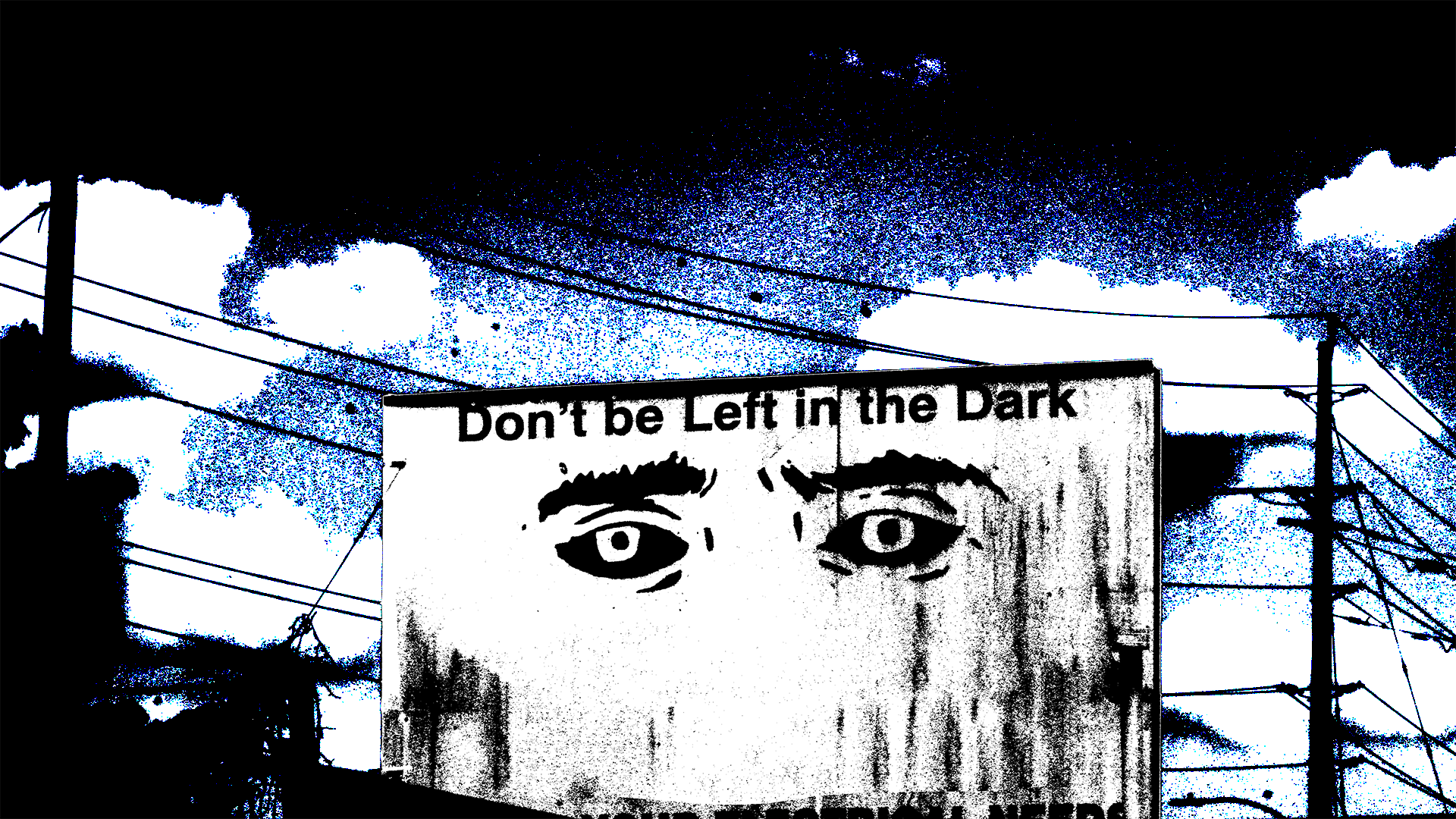Last Tuesday, I had my first migraine in over a year.
When I was a kid, I gave myself a severe concussion riding on my bike. Instead of spending the next week resting in a dark room like I’d been advised to by a doctor, I decided that I really wanted to finish season 5 of RuPaul’s Drag Race.
I’m not sure if I had migraines before then, but I know they’ve been decidedly worse since. I’m extremely prone to headaches, but I can immediately tell when what I’ve got is a migraine, because I start to think I’m having a stroke.
I get large white spots in my vision, then writing becomes difficult, then reading, then speaking, then keeping my eyes open. Then I lose sensation in some parts of my body, usually starting with the ends of my limbs and jumping from left to right.
I can also tell when I’m having a migraine because of how much pain I’m in. It’s hard to convey how painful an acute migraine is over text, but I can confidently say that it’s the most painful thing I’ve ever experienced. It’s the kind of pain that makes you vomit and bite yourself as a distraction. More than once, I’ve needed others to count how many painkillers I was taking because I was in too much pain to count or to care about the risks associated with downing a dozen extra-strength Advils at once.
Tuesday, when I noticed that my field of vision had become almost entirely obstructed by white spots, I started the ritual I try to follow when I get a migraine. This little routine only serves to slightly alleviate my pain and on particularly bad days, it feels a bit like trying to mop away a tsunami. This should go without saying, but it’s not by any means medical advice. It goes as follows.
- Take one caffeine pill and one–two ibuprofens to alleviate the headache.
- Listen to a generic anti-headache playlist because the pills are never enough on their own.
- Shut all the blinds.
- Drink at least two liters of water.
- Take THC if the pain gets too bad.
- Put Tiger Balm or some other menthol byproduct on my skin to distract myself from the pain.
- Put an ice compress on my forehead.
- Put another one on the back of my neck.
- Lie in bed.
- Don’t sleep (I can’t anyways; the caffeine and the pain keep me up).
- Wait.
I got lucky on Tuesday. After about three hours, all that remained was a tension headache, and I could go about my business: in pain but still able to read, write, speak, talk, eat.
The irony of someone with as much firsthand experience with migraines and chronic headaches as myself loving noise music isn’t lost on me. “Headache-inducing” is perhaps the most common qualifier applied to some of my favourite songs by friends who’ve had the misfortune of sharing the aux cord with me.
My first venture into noise music was Dreamcrusher’s fittingly crushing Incinerator (2013), but the EP that truly made me fall in love with noise music was Uboa’s The Flesh of the World (2020).
I don’t think it’s necessarily wrong to describe noise music as “headache-inducing,” but allow me a slight semantic distinction.
It isn’t so much that the collapsing walls of sound texture which mark the climax of Uboa’s “God Unbounded” from The Flesh of the World induce a headache as they feel like one. The dissolution of clean melodies into pure sound walls feels not dissimilar to how a headache overpowers any coherent train of thought, leaving one face to face with pure pain.
I just happen to think orchestrated pain makes for great art. Why else would we listen to long ballads about broken-heartedness? Or purposefully bump into each other in a mosh pit?
This takes me back to Uboa, whose new album was released only a few days before my migraine returned. I was already considering writing about it, simply because Uboa is an artist not least deserving of a love letter and her new album crystallizes everything I find worthy of praise about her.
At the risk of repeating overstated but nonetheless truthful platitudes about how “everyone is disabled, or will be,” last Tuesday served as a painful reminder of my personal relationship to the disability which occupies much of Uboa’s musical subject matter.
Xandra Metcalfe, A.K.A. Uboa has always made music that is to some degree about disability, particularly the frankly insanity-inducing act of waiting to feel better, a providence which feels like it’ll never come, and sometimes in fact does not.
All the Dead Melt Down as Rain is her newest mini-album (she refers to it either as a particularly long EP or a short LP) put together entirely during a Postural Tachycardia Syndrome (POTS) flare-up, the same condition which forced her to drop out as a supporting act for Chelsea Wolfe’s ongoing Australia and New Zealand tour earlier this year.
“With POTS, blood flow to the brain is compromised, leading to dizzy spells, brain fog, syncope, headaches, and panic-like symptoms,” explains Metcalfe in the album’s Bandcamp description. She wrote All the Dead as an illustration of the feeling brought on by a POTS flare up, something “like passing out into a nightmare.”
The nightmare in question isn’t just a product of cerebral hypoxia, though. Where Metcalfe’s instrumentals evoke great walls of pain, her lyricism paints the picture of a hateful outside awaiting the bedridden.
“What does an unpoisoned lake look like?” asks Metcalfe in the opener “Cleansed of Spirits.” “Or a land not cleansed of spirits? / To make way for empty houses accumulating value / And footpaths mined with bloody needles.”
The last line couldn’t have been more on the nose, as I lapsed back into consciousness from pain with the cruel reminder that the city I live in cares more about the ersatz right of homeowners not to see someone injecting an intravenous drug on the street when they step out for their morning coffee than the survival of the person injecting that drug, a belief which will surely leave our streets mined with even more needles than today.
In the same song, she sings about being scared of her neighbours being scared of her, an experience not unfamiliar to trans women like Metcalfe and myself. More and more of our neighbours don’t know us, don’t speak to us, only tremble in fear of the transgender boogeyman inside their computers.
The instrumentation on “Cleansed of Spirits” is an apt representation of where noise, its impression of pain, and lyricism convene into a perfect storm, the likes of which are Metcalfe’s bread and butter. Pain is omnipresent, punctuating if not interrupting thoughts which are themselves contemplations of its inescapability—it’s not hard to imagine why Metcalfe says she makes “doom industrial.”
The last two tracks of the album are where Metcalfe’s careful mise en scène pays off. There, she forgoes all pretensions towards a portrait of the outside. It’s like that moment in a flare-up where you can no longer look outside and long to feel better because the sunlight makes everything hurt more, or simply because you can’t get up.
So you’re truly left alone with your pain. All the Dead returns with these tracks to the claustrophobic sonic universe of Metcalfe’s breakout The Origin of my Depression (2019). In this sense, it’s a return to form. The Origin never presented an escape, it was an album about entrapment. All the Dead is a glimpse outside which brings no hope.
The omnipresence of pain truly sets in with the album’s closers. Each train of thought is interrupted faster, and thereby becomes shorter. Thought is like catching a breath, and Metcalfe is choking to death. No space for elaborate self-reflections, all she can do on “A Windowless House (Deconditioning)” is gasp “I am so tired.”
Even the stringy, ethereal beginnings of “A Misremembered Dream” are quickly interrupted by static noise which slowly chokes out any air of beauty in the traditional sense from the song—you, too, are choking to death.
“A Windowless House (Deconditioning)” is where I return to my migraine. Even in its softness, the song evokes a kind of brain fog. It’s hard to discern what Metcalfe is saying amidst her trembling melodies. Her vocals accompany a silky drone which swallows everything around it, getting rougher and rougher as it crescendoes.
It’s migraine pain, something which slowly overpowers your ability to think, then to discern anything except for itself. Metcalfe’s screams only add a terrifying allure to the noise walls which have now overpowered all else. All you can do is contemplate your pain.
There’s nowhere else to go. When you lapse back into consciousness, you’ll look outside for your respite. You won’t find it.


.png)


.jpg)


.jpeg)



.jpg)


.jpg)


.jpg)






.png)